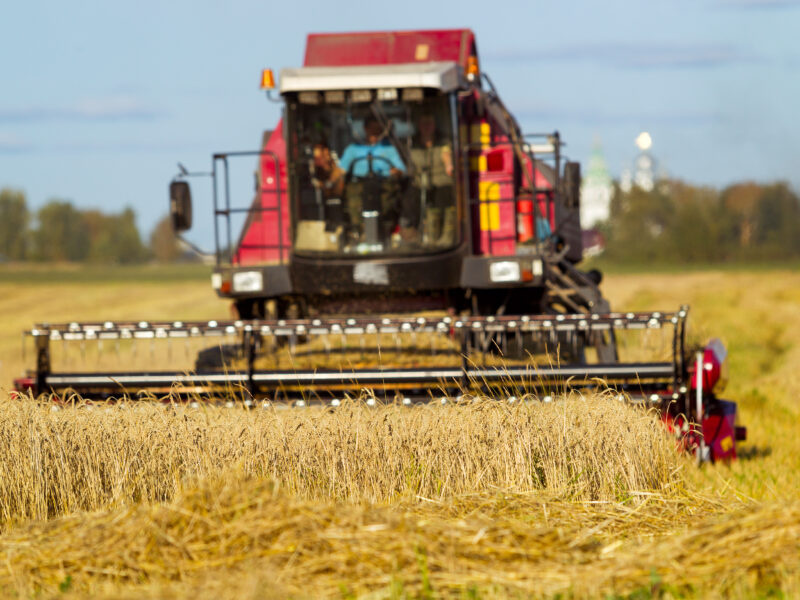Incorporating Indigenous Cultures and Realities in STEM
When educators use a culturally responsive curriculum—one that bridges Indigenous ways of knowing with Western science—Indigenous students are more engaged and perform better.
In recent years, many organizations across Canada have established programs to help Indigenous learners get ahead in science, technology, engineering, and mathematics (STEM) fields. However, the effectiveness of these new initiatives is not well understood.
The inventory in Incorporating Indigenous Cultures and Realities in STEM lists more than a 100 different programs in Canada that specifically aim to help Indigenous learners succeed in STEM. These programs can be sorted into eight broad strategies for increasing Indigenous representation in STEM. Each strategy falls into one of three periods in the learner’s life course. Within each strategy, there are initiatives that attempt to address cultural difference.
The primer contains links to examples of every type of program.





